- Home
- Knots and Crimping
- Flemish Eye
The Flemish Eye forms a Reinforced Crimped Loop in Mono Line
The Flemish Eye is used to provide chafe protection in a crimped loop in mono line, although you could use a short length of rig tubing on a plain loop instead.
Use it for connecting to straight eyed hooks, swivels, lures and other rigging hardware.
The instructions below show how to create an open loop, but if it is used to connect to a hook or a swivel the line end of the line must be threaded through the eye of the hook or swivel before commencing the twists, and again on completion of the twists before re-inserting the line back through the sleeve.
Here's how to make one ...
As a general rule, oval-section sleeves and double-barrel sleeves provide more secure crimped connections than round-sectioned sleeves.However, if you're going to tuck the tag end back through the sleeve a third time as shown in the following illustrations, then the round section sleeve is best of all.

Stage 1
First, slide a round-section sleeve over the line, make an overhand knot and tuck the end through at least one more time.
The number of times you'll be able to do this will depend on the size of the loop and the diameter of the line. You'll know you've gone one too far when the loop starts to deform
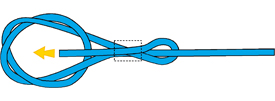
Stage 2
Then thread the tag end of the line back through the sleeve, around the standing part and back through the sleeve again.
Pull it tight as shown - you may need pliers for this.

Stage 3
Finally, compress the sleeve with a set of crimpers (not pliers) to secure it all before trimming off the tag end
The illustration indicates the use of a single round-section sleeve. If there's not enough space to poke the tag end back through the sleeve as described above, for ultimate security you could slide it through a second sleeve astern of the first one.
Recent Articles
-
Sea Fishing Rods and Reels Must Be Compatible for a Balanced Outfit
Mar 08, 21 08:30 AM
A quality reel fitted to a quality rod doesn't necessarily make it a quality outfit. Your fishing rods and reels have to be properly matched if you're to get the best out of them, and here’s how -
Essential Lure Fishing Tips That All Saltwater Anglers Should Know
Mar 08, 21 04:51 AM
Which single lure fishing tip applies to trolling, jigging, baitcasting, spinning, fly fishing and any other branch of lure fishing? Well, it is the one at the top of this list -
Vital Jig Fishing Tips That You Really Cannot Afford To Miss!
Mar 07, 21 10:20 AM
Essential jig fishing tips to help you select the right lure for successful jig fishing, together with the techniques required to get the most out of your jig fishing outfit
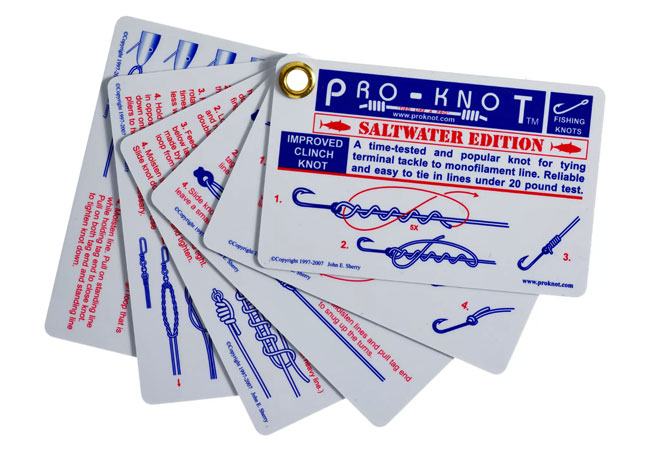
















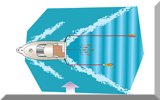

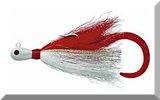
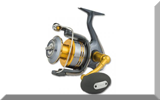
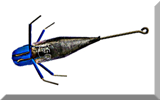
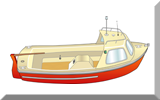
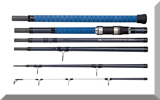
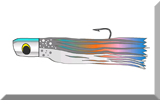
New! Comments
Have your say about what you've just read! Leave me a comment in the box below.